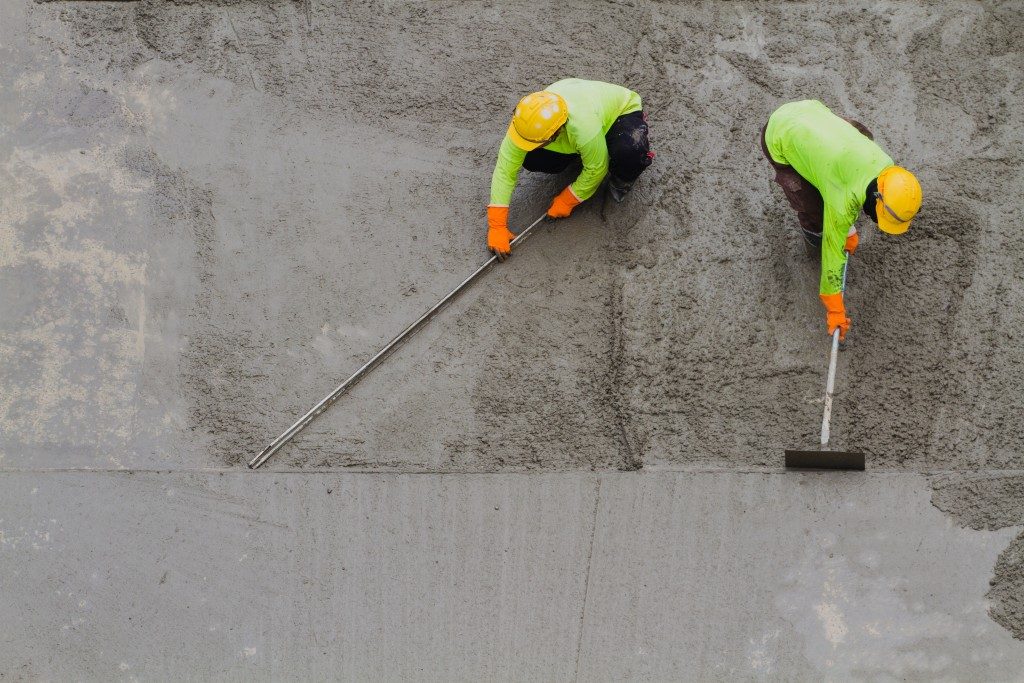If you need an excellent job all the time, you can find a reliable provider of concrete repair in Salt Lake City and nearby locations. This guide will help you learn about concrete and its uses.
Understanding Concrete Basics
You may be using the terms cement and concrete often interchangeably. In fact, cement is just part of concrete. In almost all building constructions, a mixture of aggregates and paste are being used to serve various purposes. The composition usually includes sand, gravel, stones, cement, and water. It’s an innovation in the construction business that gets stronger as it ages.
History
It is believed that Egyptians first developed this technology — man-made stones. Ancient people used lime and gypsum to construct one-of-a-kind structures, and most of them are still present at this digital age. Since the 1800s, increasing numbers of people have become fond of using lime, chalk, oyster shells, and other materials for the concrete mix.
Later on, construction experts, have been mixing limestone and clay, then, they burn the material, which is still an ideal method in concrete production even today.
Uses of Concrete
Through concrete, you can create any shape that you desire for your landscaping project. Uses include the following:
- Underground structure
- Driveways
- Patios
- Roadbeds
- The ceiling of storage rooms
- Bridges
- Steel reinforcement in tunnel lines, electrical systems, gates, and the like
You can have an attractive surface by stamping the concrete creatively.
Why People Go for Concrete Materials for Constructions

There are numerous benefits of concrete, such as the following:
- It is a relatively not costly material and stays intact for a more extended period with few maintenance necessities.
- It is durable in compression, and the structure made of concrete can withstand earthquakes.
- Before it hardens (when freshly mixed), it is a very malleable substance that can easily be fashioned.
- It is non-combustible.
- Concrete is a sustainable choice for both residential and commercial projects.
- The material guarantees safety for building occupants
- It holds up against harsh weather conditions.
- Concrete is easy to repair and is energy-efficient.
- It deters mildew and rot.
- Aside from durability, the concrete structure brings a cool environment, a perfect place for relaxation and rejuvenation.
- Manufacturing the materials leaves a very minimal environmental footprint.
- The material isn’t sensitive to moisture.
- It’s an environment-friendly construction material because it doesn’t release any harmful organic compounds in the air
- Insects and other pests can’t burrow through the concrete; you can have a safe home all the time.
- Concrete is recyclable; using it for additions makes the job more natural and quicker.
Building constructors are aware of the slump test — determining the characteristics of concrete through aggregate and cement examination. If you need a stronger concrete for your structure, you must reduce the amount of aggregate in relation to the cement. Factors that can affect the strength of the material are moisture and temperature.
Concrete is the preferred material by most builders. If you need a construction material that increases its strength over time, choosing concrete is ideal. The tensile strength of concrete can be enhanced when you add metal rods, wires, mesh, or cables. Get the best concrete materials only from a trusted vendor to ensure quality and durability.

